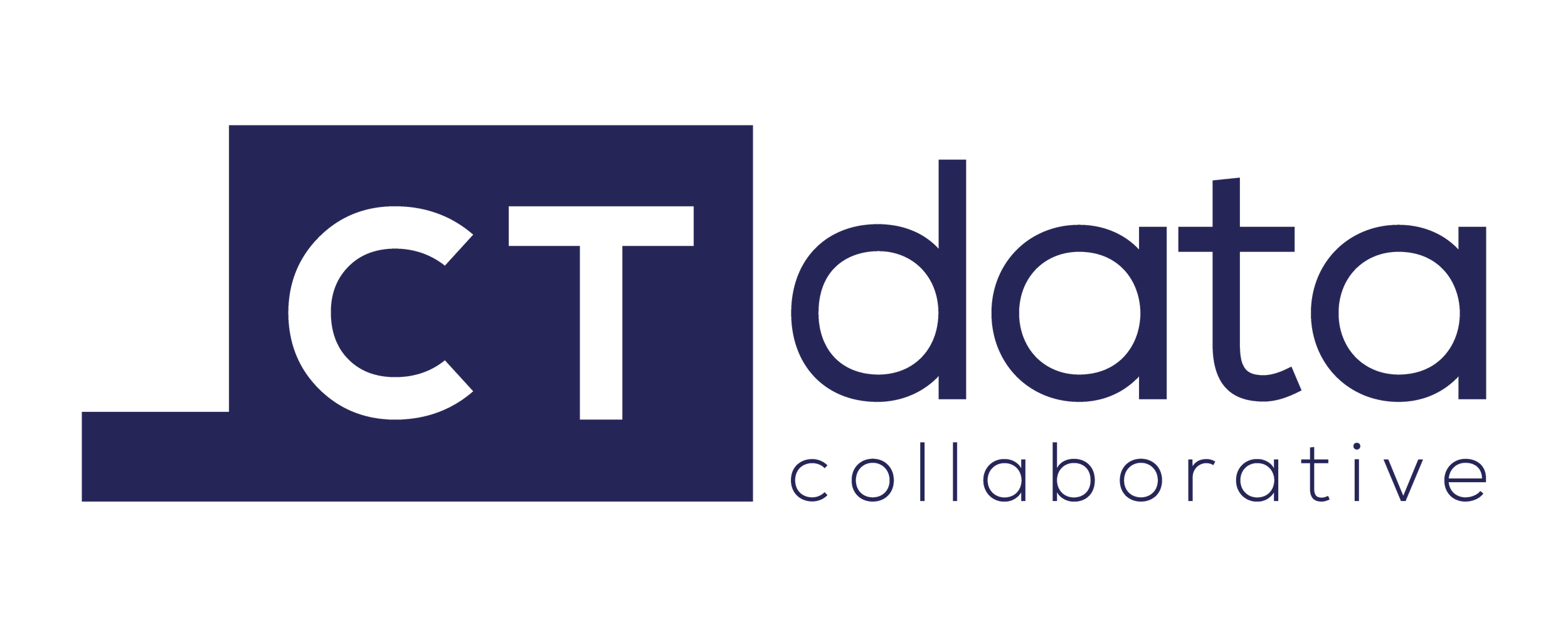Safeguarding Federal Data for Democracy
Part of our Data for Democracy series
The United States leads the world in providing open access to government data. In just one example, the US open data site, data.gov, “is designed to unleash the power of government open data to inform decisions by the public and policymakers, drive innovation and economic activity, achieve agency missions, and strengthen the foundation of an open and transparent government” (https://data.gov).
However, the neutrality and availability of crucial data required for informed decision-making, dissemination of public funds, public services, and research, is at risk.
In our recent webinar, Safeguarding Federal Data for Democracy, experts from across the country gathered to discuss the urgent need to preserve public data, the threats facing federal data infrastructure, and we data users can respond.
Current changes could lead to a decline in data quality as well as less frequent updates, causing confusion in what our communities need.
The lack of data could mean fewer people who are eligible for public services are able to access those services, resulting in devastating consequences for everyone, especially those who are most vulnerable.
Connecticut data users can take action by staying up-to-date on changes, connecting with others using data, and sharing information about the impact on yourself and the people you serve.
Read more or watch the video below.
What is the Current State?
In March, after learning that key federal data, including census datasets, were being removed from public access, we at CTData quickly mobilized to download and preserve over 1,000 Connecticut datasets. Nationally, the Data Rescue Project, led by librarians and data professionals, has coordinated nationwide efforts to secure existing federal datasets. Lynda Kellam, an organizer with the Data Rescue Project, described the data rescue efforts, which includes uploads of around 500 datasets to public repositories and cataloged thousands more, ensuring critical information remains accessible even if removed from government sites. This effort is driven by a network of volunteers across the country.
Why does this matter?
Speakers highlighted growing threats to public data: budget cuts, staff reductions at agencies like the Census Bureau, and diminished public trust due to data being used for unintended purposes.
These changes could lead to fewer data collections, less frequent updates, and a decline in data quality.
To highlight the decline of data quality that already has been set in motion, O’Hara used the example of the Federal Poverty Line (FPL). A number of federal programs (as well as state-based programs) use the FPL to determine eligibility of services. The data for this statistic are still being collected, but the individuals who calculate this statistic have been removed as part of a reduction in force. O’Hara describes this in greater detail in the video below.
What can you do?
“To maintain our democracy, we need people to participate.”
In addition to watching the full video below, the presenters gave several examples of how we as data users can take action:
Share your story about using disaggregated at We Are the Data. Real-world examples of how data impacts lives help make the case for preservation and responsible use.
Join the Association of Public Data Users and sign up for emails from the Data Rescue Project
Participate in upcoming in-person events across Connecticut as part of CTData’s Data for Democracy series.
Support planning for a high-quality 2030 Census with resources at Census Roadmap
“To maintain our democracy, we need people to participate.” Michelle Riordan-Nold
The stakes are high, but there’s reason for hope. Communities, states, and passionate individuals are coming together to protect the data that powers our democracy. Watch the full video to hear from the experts, learn more about what’s at risk, and discover how you can make a difference.
Watch the video and join us at future events.
For More Information
Head on over to our Data for Democracy page for resources and other events coming your way. Consider saving the date for our annual conference. This year’s theme will explore these topics further. You can stay up-to-date on the latest data and tools by subscribing to our newsletter and following CTData on Linkedin, Instagram, and Bluesky.
